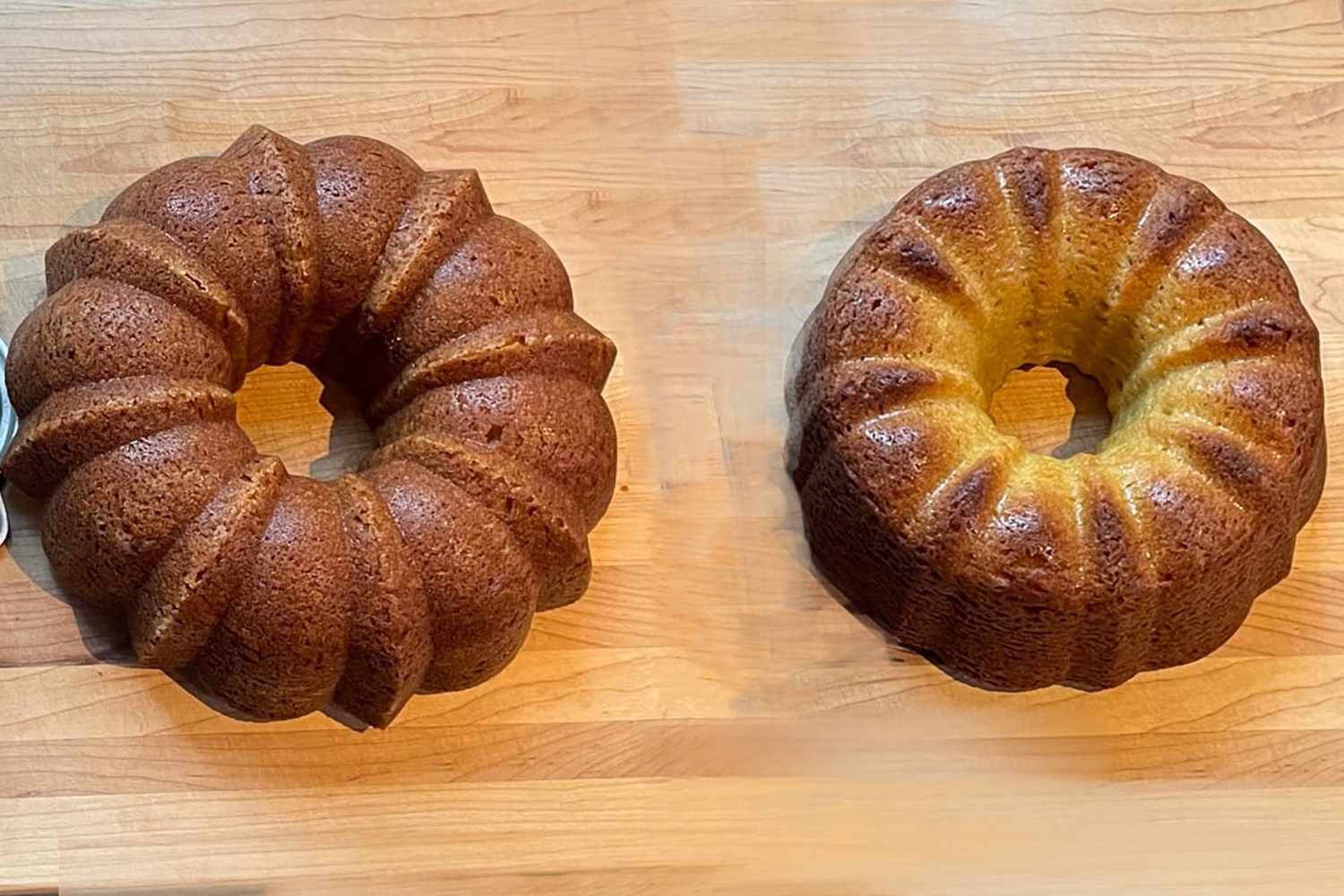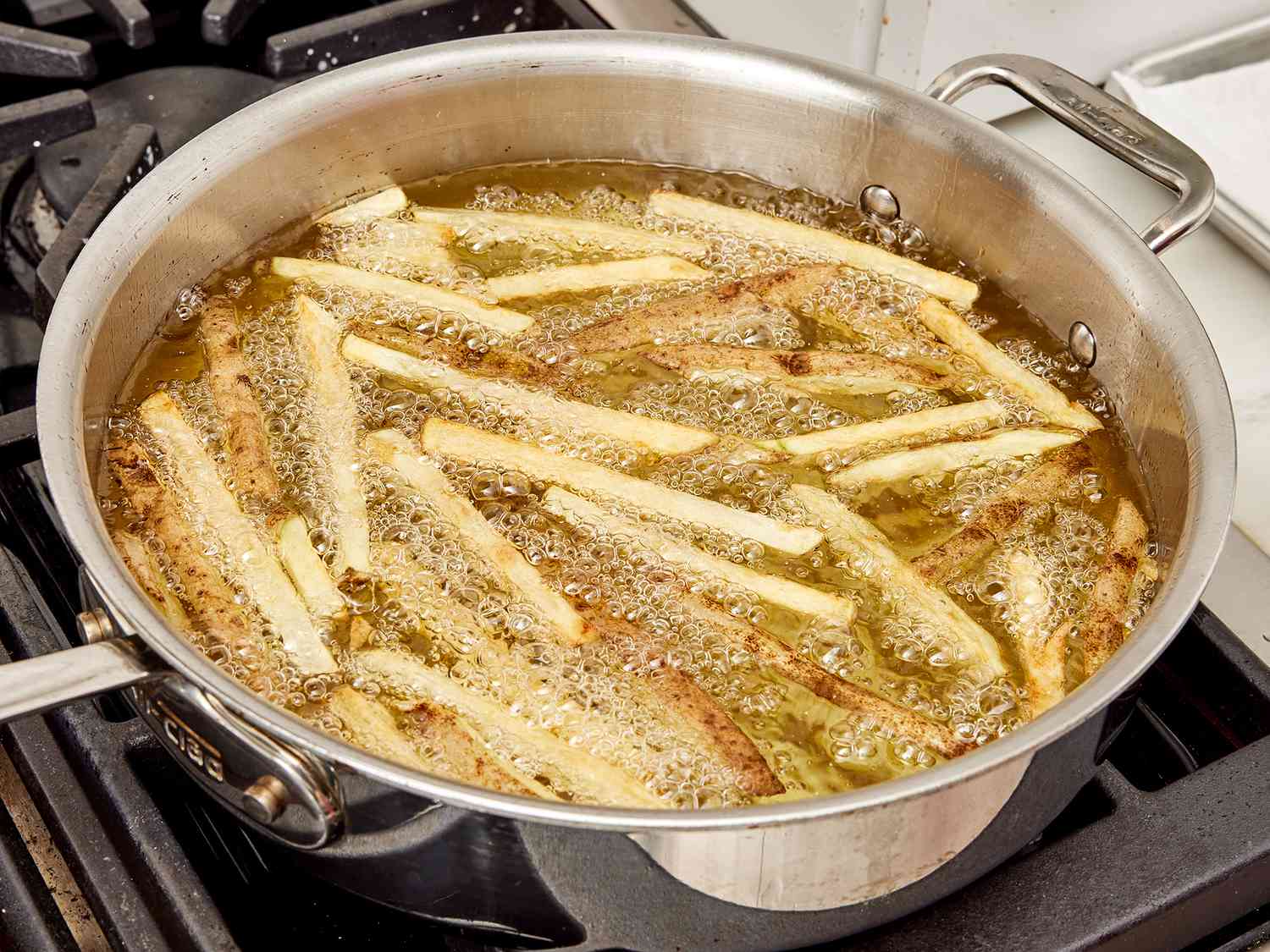Diving into the art of making Chinese lotus seed buns at home offers a delightful challenge, promising results that could rival any bakery's offerings. These buns, with their soft, pillowy exterior and rich, sweet lotus seed paste filling, are a staple in Chinese cuisine, often enjoyed during breakfast or as a snack. Mastering this recipe not only allows you to recreate a beloved traditional treat but also invites you to customize it to your taste. Whether you're a seasoned baker or new to the kitchen, this guide will walk you through each step, ensuring your buns are as beautiful as they are delicious.
Gather Your Ingredients for Perfect Lotus Seed Buns
- 250g all-purpose flour
- 5g instant yeast
- 50g sugar
- 125ml milk, lukewarm
- 30ml water, adjust as needed
- 40g unsalted butter, softened
- 200g lotus seed paste
Essential Tools for Crafting Lotus Seed Buns
- Measuring cups and spoons
- Mixing bowls
- Dough hook attachment for stand mixer (optional but helpful)
- Rolling pin
- Parchment paper
- Steaming basket or bamboo steamer
- Cooking brush
For authentic Chinese lotus seed buns, perfecting the dough's texture is crucial. Aim for a smooth, elastic consistency, ensuring buns that are soft, fluffy, and beautifully white after steaming.
The Art of Making Lotus Seed Buns: A Culinary Journey
Creating Chinese Lotus Seed Buns at home offers a delightful journey into traditional Asian cuisine, allowing enthusiasts to craft bakery-quality treats right in their own kitchens. This process not only nurtures culinary skills but also deepens appreciation for the rich cultural heritage behind these delectable pastries.
Engaging in the art of making these buns from scratch provides a unique opportunity to experiment with flavors and textures, resulting in a personalized touch that commercial bakeries can't match. It's a rewarding endeavor that brings the authentic taste of China to your dining table, fostering a sense of achievement and culinary exploration.
Crafting Lotus Seed Buns: A Step-by-Step Tutorial
-
Gather Ingredients
- Lotus seeds: Soak overnight, then boil until soft.
- Sugar: Adjust to taste.
- Yeast: Activates dough rise.
- Flour: Provides structure.
- Water: Needed for dough consistency.
- Oil: For dough elasticity.
- Baking powder: Ensures fluffiness.
-
Prepare Lotus Paste
- Boil lotus seeds until tender.
- Drain and remove green sprouts inside to avoid bitterness.
- Blend seeds with sugar into a smooth paste.
- Cook paste in a pan with a little oil until thickened. Set aside to cool.
-
Make Dough
- Dissolve yeast in warm water with a pinch of sugar. Let sit until frothy.
- Mix flour and baking powder in a large bowl.
- Add yeast mixture and oil to flour. Combine into a soft dough.
- Knead dough on a floured surface until smooth.
- Place dough in a greased bowl, cover with a damp cloth, and let rise in a warm place until doubled in size.
-
Assemble Buns
- Punch down risen dough and divide into small pieces.
- Roll each piece into a ball, then flatten into a disc.
- Place a spoonful of lotus paste in the center of each disc.
- Gather edges and pinch to seal, forming a bun.
- Place buns seam-side down on a baking sheet lined with parchment paper.
-
Prepare for Steaming
- Fill a steamer with water and bring to a boil.
- Place buns in the steamer, ensuring they're not touching.
- Cover and steam over high heat for about 15 minutes or until buns are puffed and cooked through.
-
Serving
- Remove buns from steamer and let cool slightly.
- Serve warm for the best taste and texture.
-
Tips for Success
- Ensure the yeast is active for dough to rise properly.
- Adjust sugar in the lotus paste according to personal preference.
- Steam in batches if necessary to avoid overcrowding.
- Buns can be stored in an airtight container and reheated before serving.
Mastering the Art of Lotus Seed Buns
Crafting Chinese lotus seed buns at home is a rewarding journey into traditional baking. With patience and practice, anyone can produce buns that rival those from a top-notch bakery. Remember, the key to success lies in the quality of ingredients, precise measurements, and the right steaming technique. Don't be afraid to experiment with the amount of filling or the size of your buns to suit your taste. Embracing these tips and techniques will not only enhance your baking skills but also bring a taste of authentic Chinese cuisine right into your kitchen. So, go ahead, give it a try, and soon you'll be serving up delicious, fluffy lotus seed buns that'll impress family and friends alike. Happy baking!
All Your Questions About Lotus Seed Buns Answered
Can I use canned lotus seeds instead of fresh ones for the filling?
Absolutely! Canned lotus seeds are a great time-saver and they're already softened, which is perfect. Just make sure to drain them well and maybe give 'em a quick rinse before using. This way, you're not compromising on taste or texture.
What's the secret to getting that fluffy texture in the buns?
Ah, the fluffiness comes from the magic of yeast and the kneading process. Ensure your yeast is fresh and active for starters. Then, when you're kneading the dough, don't hold back. A good 10 to 15 minutes of kneading will develop the gluten, giving you those dreamy, airy buns.
How long do I need to steam the buns for?
Steaming time is crucial. You're looking at about 12 to 15 minutes over high heat. Just make sure the water is boiling before you start the timer. And no peeking! Opening the lid releases steam, affecting the cooking time and texture.
Can I add other ingredients to the lotus seed filling for variety?
Sure thing! Feel free to mix in a bit of coconut, some chopped nuts, or even a dash of orange zest to jazz things up. Experimenting with flavors can turn a classic lotus seed bun into your signature dish.
Is there a vegan option for these buns?
For a vegan twist, swap out any animal products for plant-based alternatives. Use vegetable oil instead of lard in the dough, and consider a dairy-free milk for brushing on top of the buns before steaming. The filling can easily remain vegan since lotus seeds and sugar are plant-based.
How do I store leftover buns and how long will they last?
Leftovers can be kept in an airtight container in the fridge for up to 3 days. For longer storage, freeze them. When you're ready to enjoy, simply re-steam or microwave with a cup of water nearby to bring back that fresh, soft texture.
What's the best way to serve these buns?
Serve 'em warm, right out of the steamer for that melt-in-your-mouth experience. They're perfect as a breakfast treat, a sweet snack, or even as dessert after a meal. Pair with a cup of tea for an authentic touch.











